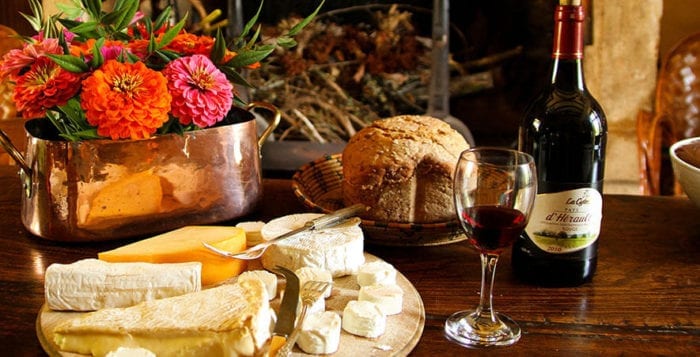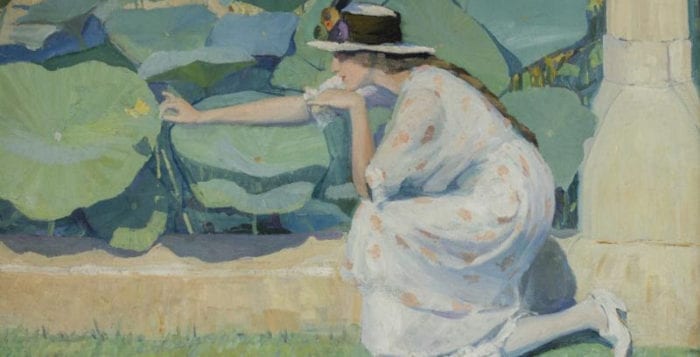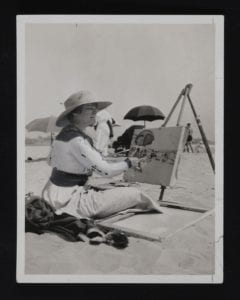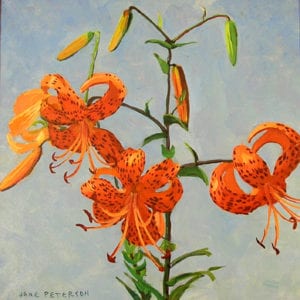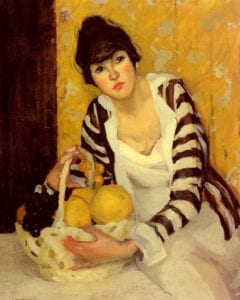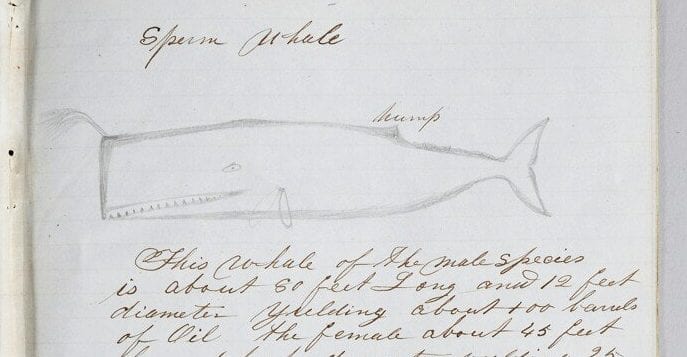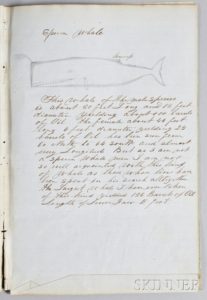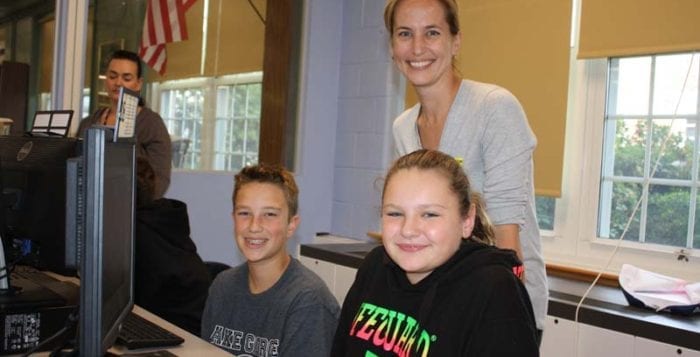By Heidi Sutton
Theatre Three continues its 48th season with the heavenly musical comedy “Nunsense.” The show, which opened on the Mainstage last Saturday evening, catered to a packed house ready to sit back, relax and have some fun. And judging by the rip-roaring laughter all night, it did not disappoint.
With book, music and lyrics by Dan Goggin, the original Off-Broadway production opened in 1985 and ran for 3,672 performances, becoming the second-longest-running Off-Broadway show in history. By the time it closed 10 years later, “Nunsense” had become an international phenomenon, having been translated into over 20 languages with more than 8,000 productions worldwide.

Now the congregation has taken up residence at Theatre Three and although Catholics will most identify with this hilarious show, audiences of all faiths are sure to have their spirits lifted as well.
The Little Sisters of Hoboken are in a bit of a pickle. While 19 of the nuns are off playing Bingo, the convent’s cook, Sister Julia, Child of God, accidently poisons the remaining 52 nuns by serving them a batch of botulism-laced vichyssoise. As one nun quips, “For 52, bon appetite was also bon voyage.”
After a successful greeting-card fundraiser, 48 of the sisters are laid to rest. Thinking there is plenty of money left over, Mother Superior spends the rest of the money on a plasma TV, leaving no money to pay for the last four burials. While the remaining deceased are temporarily stored in cold storage, five of the nuns decide to stage a variety show in the Mt. Saint Helen’s School auditorium to raise the rest of the money. “We’ve just got to get those girls out of the freezer,” they lament.

Under the skillful direction of Jeffrey Sanzel, the show’s über-talented cast is given the freedom to bring out the strong personalities of their characters and have a blast doing it. At the beginning of the production, the group sings, “Though we’re on our way to heaven, we’re here to raise some hell.” Blessed with wonderful harmonic voices, great comedic timing and a seemingly inexhaustable amount of energy, they put on quite a show.
The incomparable Phyllis March plays uptight Mother Superior Sister Mary Regina who loosens up quite a bit at the end of the first act in one of the funniest scenes in the play, and Linda May is wonderful as the second-in-command Sister Mary Hubert who has higher aspirations.
TracyLynn Conner is hilarious as the wide-eyed Sister Mary Amnesia who lost her memory when a crucifix fell on her head. “She just a big mess,” mutters Mother Superior under her breath. Conner steals the show with her duet with a puppet in “So You Want to Be a Nun.”
Sari Feldman is Sister Robert Anne, the streetwise understudy from Brooklyn who “Just wants to be a star” and finally gets the chance to shine brightly in Act Two. Jessica Contino rounds out the cast as the sweet Sister Mary Leo who dreams of being the first nun ballerina.
The brilliant script is full of hilarious puns — “How do you make holy water?” “I don’t know, how DO you make holy water?” “You boil the hell out of it!” — along with double entendres and every nun joke out there. The wonderful songs, 20 in all, are accompanied by the terrific Mt. Saint Helen’s School Band under the direction of Steve McCoy.

A nice touch is the constant audience participation, which is strictly voluntary. Before the show and intermission the nuns greet the patrons and pose for photos, and during the show the audience takes part in a quiz with a chance to win prizes. A short film by Ray Mason and Sanzel starring the five sisters of Hoboken in the second act is just the icing on the cake. From the initial Mt. Saint Helen’s cheer to the final amen, “Nunsense” is simply divine and should not be missed.
Enjoy a drink at Griswold’s Café on the lower level of the theater and take a chance at 50/50 during intermission. The theater, more specifically, the nuns will be collecting donations for Hurricane Maria on behalf of Direct Relief at the end of the night.
Sponsored by Bridgehampton National Bank, the production is dedicated to the memory of Carolyn Droscoski who passed away suddenly on Feb. 5 at the age of 61. “Our hearts and our stage will be a little emptier.” Droscoski was a constant presence at Theatre Three, appearing on the Mainstage, cabaret and children’s theater for over 40 years. According to the theater’s website, the actress appeared Off-Broadway and traveled the country in the various incarnations of “Nunsense” and is one of the few actresses to have played all five roles.
Theatre Three, located at 412 Main St. in Port Jefferson, will present “Nunsense” through March 24. The season will continue with “12 Angry Men” from April 7 to May 5 and the musical comedy “Curtains” from May 19 to June 23. Tickets are $35 adults, $28 seniors and students, $20 children ages 5 to 12. For more information or to order, call 631-928-9100 or visit www.theatrethree.com.
All photos by Brian Hoerger, Theatre Three Productions Inc.




